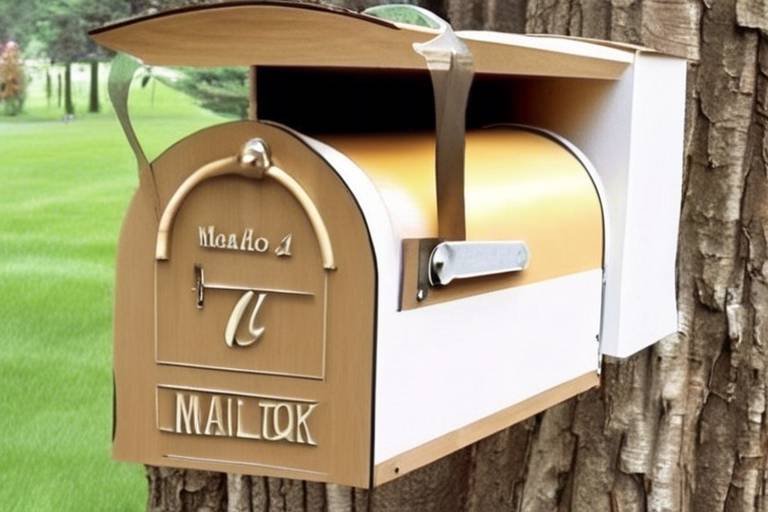Crafting a Wooden Pizza Peel: A Guide
Have you ever dreamed of creating the perfect pizza at home? Well, it all starts with the right tools, and a wooden pizza peel is an absolute must-have! This article provides a comprehensive guide to crafting a wooden pizza peel, covering materials, tools, techniques, and tips for achieving the best results in your DIY project. Whether you're a seasoned woodworker or a curious beginner, you’ll find everything you need to know to create a beautiful and functional pizza peel that will impress your friends and family.
Selecting the appropriate type of wood is crucial for durability and performance. When it comes to pizza peels, you want to choose woods that are not only sturdy but also resistant to warping and moisture. Here are some of the best wood options:
- Maple: This hardwood is known for its durability and resistance to scratches, making it perfect for high-use kitchen tools.
- Birch: Birch is lightweight yet strong, offering a smooth surface that won’t damage your pizza.
- Beech: Another hardwood, beech is great for its ability to withstand heat and its natural resistance to bacteria.
When choosing wood, also consider the grain pattern and color to ensure your peel looks as good as it performs.
A successful pizza peel requires specific tools. You’ll want to gather the following essentials before diving into your project:
- Jigsaw or Hand Saw: For cutting your wood into the desired shape.
- Sander: To smooth out the edges and surfaces for a professional finish.
- Drill: If you plan to add a handle or other features.
- Measuring Tape: Accurate measurements are key!
Having the right tools will ensure a smooth crafting process and a fantastic final product.
Accurate measurements and cutting techniques are vital for a well-crafted peel. Start by sketching the desired shape of your pizza peel on paper. Use this as a template to trace onto your wood. Remember, the standard size for a pizza peel is about 14 to 16 inches wide and 24 inches long, but feel free to adjust based on your needs. When cutting, take your time to ensure clean edges. A jigsaw is great for curves, while a hand saw can give you that traditional touch.
A jigsaw is an excellent tool for cutting curves and intricate shapes. When using a jigsaw, make sure to secure your wood on a stable surface and follow the lines carefully. Start with a slow speed to gain control, and increase as you become more comfortable with the cuts. This tool allows for creativity in your design, so don’t be afraid to experiment with different shapes!
For those preferring traditional methods, hand saws can be effective. While it may require a bit more elbow grease, many woodworkers enjoy the process of using a hand saw. The key is to maintain steady pressure and follow your marked lines closely. Plus, using a hand saw can connect you to the craftsmanship of your ancestors, making the process even more rewarding.
Sanding is essential for a smooth finish. Once you’ve cut your peel to shape, start with a coarse grit sandpaper to smooth out any rough edges, then gradually move to finer grits. This step is crucial not only for aesthetics but also for hygiene, as a smooth surface is easier to clean. Once sanded, consider applying a food-safe finish to protect the wood and enhance its appearance. Options include mineral oil or beeswax, which will help seal the wood and prevent moisture from seeping in.
Design plays a significant role in functionality and aesthetics. Think about the shape and size that will work best for your cooking style. A rectangular peel is great for traditional pizzas, while a round peel can be fun for creative shapes. You can also personalize your peel with engravings or paint to make it uniquely yours.
Incorporating a handle improves usability. A well-placed handle allows for easy maneuvering of the pizza peel in and out of the oven. You can opt for a simple cut-out handle or a more ergonomic design that fits comfortably in your hand. Just ensure that the handle is securely attached and doesn’t interfere with the peel’s surface area.
Customization can make your pizza peel unique. Consider engraving your name, a special date, or even a fun design. You can use a wood burner for a rustic look or paint it for a splash of color. Just remember to use food-safe materials if you plan to apply finishes or paints.
Proper maintenance extends the life of your wooden pizza peel. Here are some valuable tips on keeping your peel in excellent condition:
- Cleaning: After each use, scrape off any food residue and wipe with a damp cloth. Avoid soaking it in water.
- Oiling: Regularly oil your peel to protect it from moisture and wear. Use a food-safe mineral oil for best results.
- Storage: Store your peel in a dry place, away from direct sunlight to prevent warping.
Cleaning your pizza peel is essential for hygiene. Avoid using harsh detergents that can damage the wood. Instead, use a gentle soap and water solution, and always dry it immediately after cleaning to prevent moisture damage.
Oiling helps protect the wood from moisture and wear. To properly oil your pizza peel, apply a generous amount of mineral oil with a clean cloth, making sure to cover all surfaces. Allow it to soak in for a few hours, then wipe off any excess. This simple step will keep your peel looking great and performing well for years to come.
Q: How often should I oil my wooden pizza peel?
A: It's best to oil your peel every few months or whenever it looks dry. Regular oiling helps maintain its condition.
Q: Can I use my pizza peel for other foods?
A: Absolutely! A pizza peel can be used for bread, pastries, and even as a serving board.
Q: What's the best way to remove stuck-on food?
A: Use a bench scraper or a spatula to gently lift off any stuck food, and follow up with a damp cloth for cleaning.
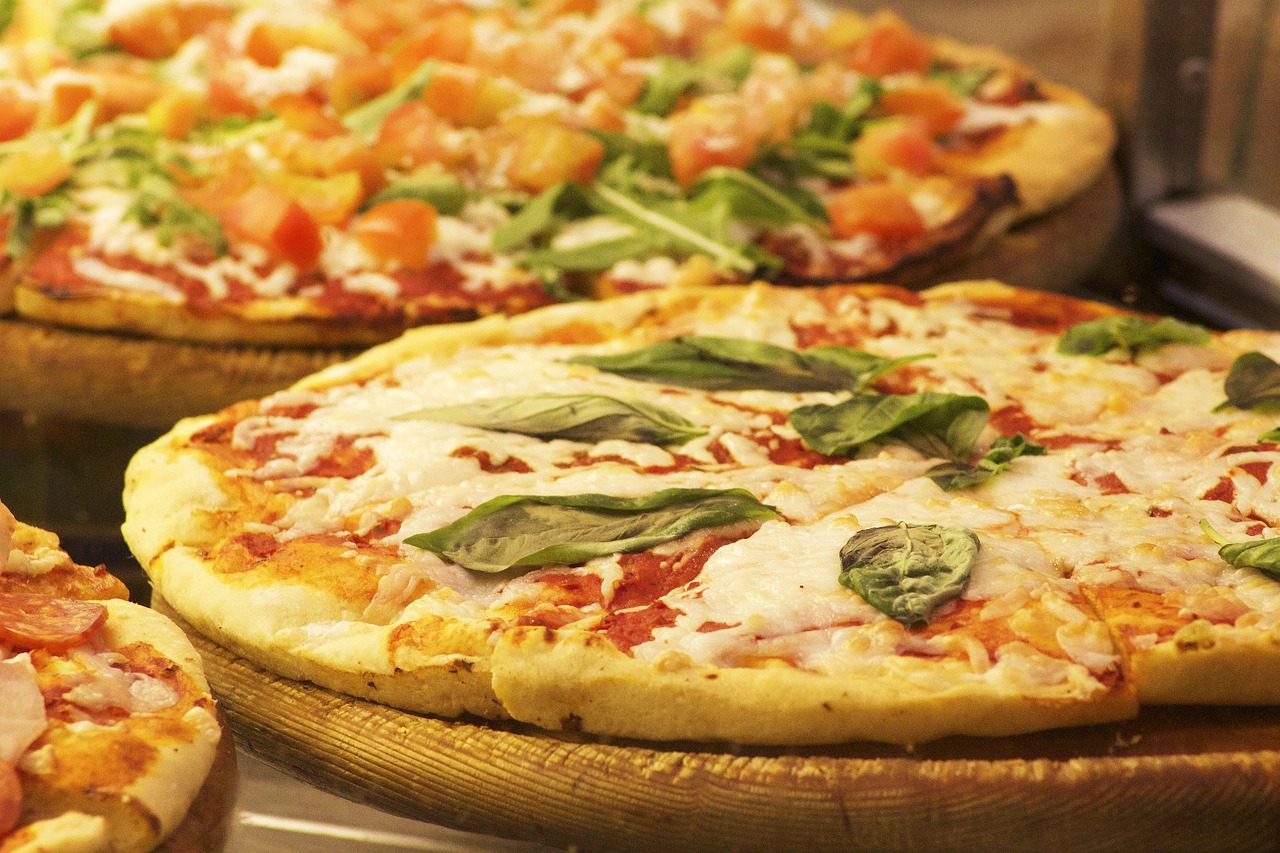
Choosing the Right Wood
When it comes to crafting a wooden pizza peel, is paramount. You want a material that not only looks great but also performs well under the heat of your oven and the weight of your pizza. There are several types of wood that are particularly suited for this task, each with its own unique characteristics and benefits. Let's dive into some of the best options available.
First up, we have maple. This wood is a favorite among many pizza enthusiasts due to its durability and resistance to moisture. Maple has a fine, even grain that not only gives it a beautiful appearance but also makes it less likely to warp over time. It can withstand high temperatures, making it ideal for pulling pizzas out of a hot oven. Plus, it’s relatively easy to find and work with, which is a bonus for DIYers.
Another excellent choice is birch. Birch is known for its hardness and strength, providing a sturdy surface for transferring pizzas. Its light color can brighten up your kitchen, and like maple, it has a smooth grain that makes it easy to clean. However, be cautious with birch; it can be prone to scratching if not properly maintained.
If you're looking for something a bit more unique, consider cherry wood. Cherry not only has a rich, warm hue that deepens with age, but it also possesses natural antibacterial properties, making it a hygienic choice for food preparation. However, it’s softer than maple and birch, so it may require a bit more care to keep it looking pristine.
Lastly, let’s not forget about oak. While it’s not as commonly used for pizza peels, oak is incredibly durable and can handle heavy use. It has a prominent grain and texture that many find appealing. However, its porous nature means it can absorb moisture and odors, so it’s essential to treat it properly to prevent any unwanted effects on your pizza.
To summarize, here’s a quick comparison of these woods:
| Type of Wood | Durability | Appearance | Maintenance |
|---|---|---|---|
| Maple | High | Light, even grain | Low |
| Birch | High | Light color, smooth | Medium |
| Cherry | Medium | Rich, warm hue | Medium |
| Oak | Very High | Prominent grain | High |
Ultimately, the choice of wood will depend on your personal preferences and how you plan to use your pizza peel. Each type has its own advantages and drawbacks, but with a little research and consideration, you can find the perfect wood to create a stunning and functional pizza peel that will last for years to come.
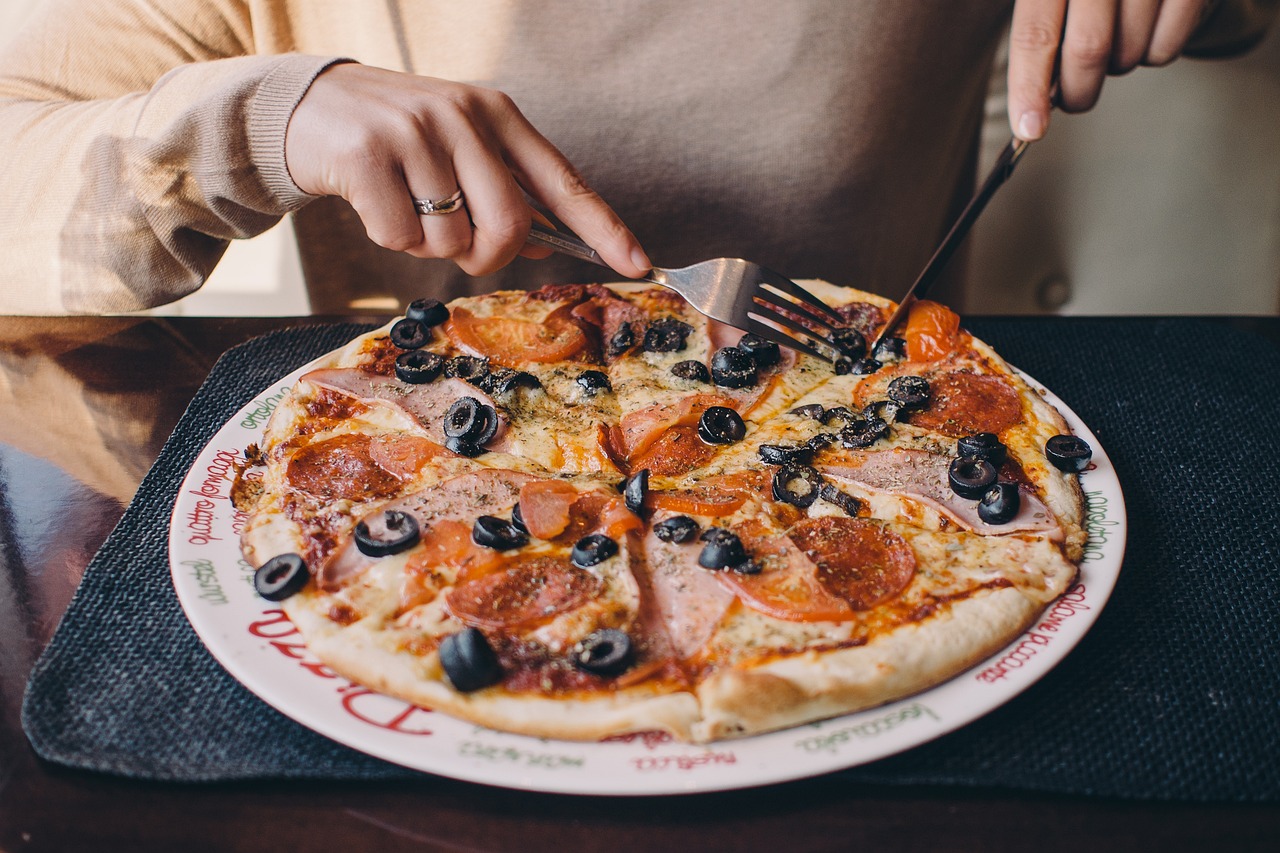
Essential Tools for the Project
When it comes to crafting your very own wooden pizza peel, having the right tools at your disposal is absolutely crucial. Imagine trying to bake a perfect pizza without the proper oven; it just wouldn’t work, right? The same principle applies to woodworking. You want to ensure that you have everything needed to make the process smooth and enjoyable. Here’s a rundown of the essential tools that will help you transform that piece of wood into a beautiful pizza peel.
First and foremost, you'll need a good quality measuring tape. Accurate measurements are the foundation of any successful woodworking project. A measuring tape will allow you to mark the dimensions of your pizza peel precisely, ensuring that it’s neither too big nor too small. Alongside this, a square is essential for checking the angles and ensuring that your cuts are straight. Think of it as your guiding hand, helping you maintain the integrity of your design.
Next up is the saw. Depending on your preference and skill level, you can choose between a jigsaw or a hand saw. A jigsaw is perfect for making curved cuts and intricate designs, while a hand saw offers a more traditional approach that many woodworkers appreciate. If you’re new to woodworking, a jigsaw might be your best bet, as it’s easier to handle and allows for more flexibility in design.
Once you’ve cut your wood, you’ll need to smooth out those rough edges, and that’s where sanding tools come into play. A good set of sandpaper in varying grits will help you achieve a smooth finish that feels great in your hands. You might also want to consider a power sander if you're looking to save time and effort, but remember that a little elbow grease can go a long way in woodworking.
After sanding comes the finishing touches, and for that, you'll need some finishing products. Whether you choose to use mineral oil, food-safe varnish, or a natural wood finish, these products will protect your pizza peel from moisture and wear, ensuring it lasts for years to come. Always remember, a well-finished peel is not just about aesthetics; it’s about functionality and longevity.
Lastly, don’t forget about safety gear. Woodworking can be a fun and rewarding hobby, but it’s important to protect yourself. A good pair of safety glasses and a dust mask will keep your eyes and lungs safe from sawdust and debris. After all, you need to see your masterpiece come to life without any distractions!
In summary, here’s a quick overview of the essential tools you’ll need for your pizza peel project:
- Measuring Tape
- Square
- Saw (Jigsaw or Hand Saw)
- Sanding Tools (Sandpaper and/or Power Sander)
- Finishing Products (Mineral Oil, Varnish, etc.)
- Safety Gear (Safety Glasses and Dust Mask)
With these tools in hand, you’re well on your way to crafting a pizza peel that not only looks great but performs exceptionally. Remember, the journey of making your own pizza peel is just as rewarding as the final product. So, gather your tools, roll up your sleeves, and let’s get started!
Q: What type of wood is best for a pizza peel?
A: Hardwoods like maple or birch are excellent choices due to their durability and resistance to warping.
Q: Can I use my pizza peel for other foods?
A: Absolutely! While it’s designed for pizza, you can use it for bread, pastries, or even as a serving board.
Q: How do I clean my wooden pizza peel?
A: It’s best to hand wash your peel with warm water and mild soap. Avoid soaking it or putting it in the dishwasher.
Q: How often should I oil my pizza peel?
A: Oiling every few months is a good practice to keep the wood hydrated and protected.
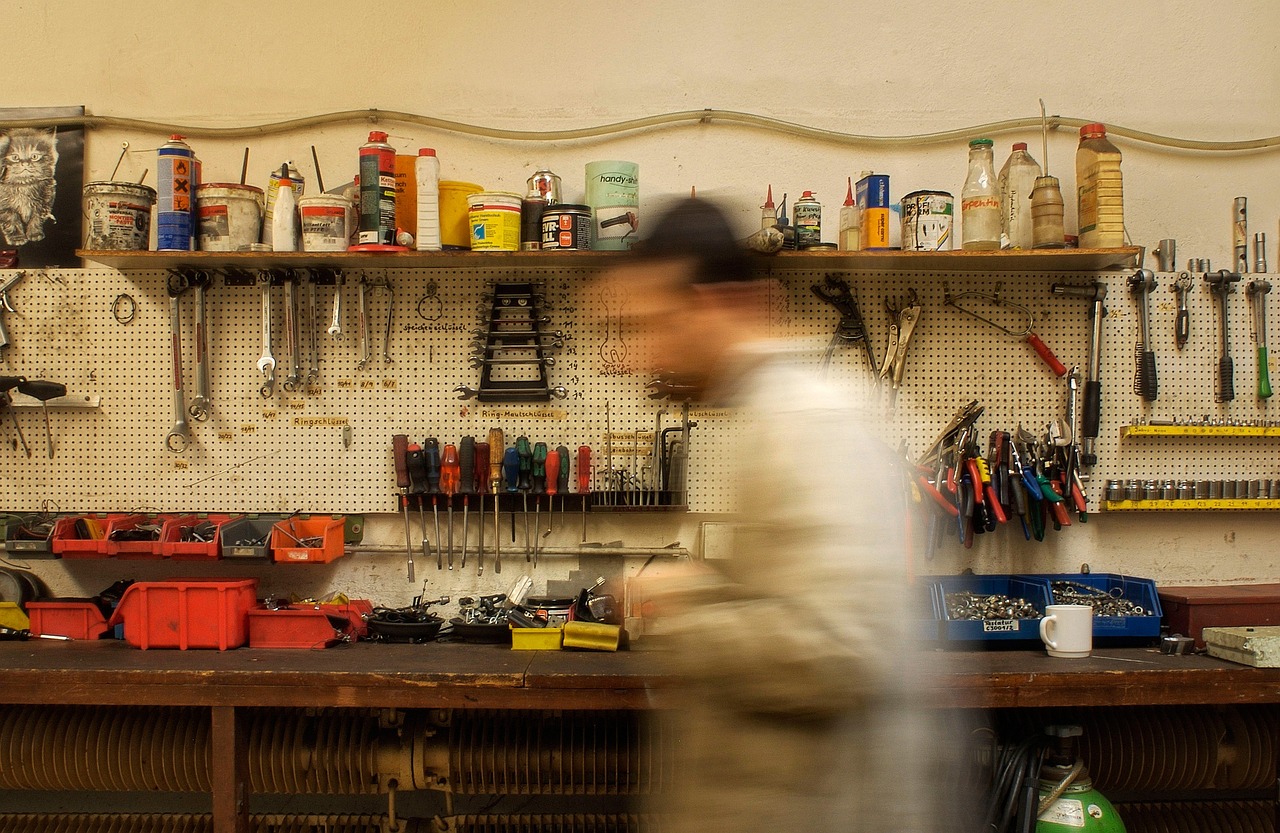
Measuring and Cutting Techniques
When it comes to crafting a wooden pizza peel, are paramount. You might think, "How hard can it be to cut a piece of wood?" But trust me, precision is everything! It’s like baking a perfect pizza; if you don’t get the measurements right, you might end up with a wonky peel that just doesn’t do the job. So, let’s dive into how to measure accurately and cut your wood like a pro.
First off, you’ll want to gather your materials. A good quality tape measure, a square, and a pencil are essential for accurate measurements. Start by determining the size of your pizza peel. A standard size is around 14 to 16 inches in diameter, but feel free to customize it to your liking. Once you have your dimensions, use the square to draw straight lines on your wood. This is where the magic happens! A straight line will guide your cuts and ensure that your peel has the right shape.
Next, let’s talk about cutting. Whether you choose a jigsaw or a hand saw, the technique remains the same: follow your lines meticulously. If you’re using a jigsaw, make sure to set it to a medium speed. This will allow for better control and cleaner cuts. As you cut, keep your eyes on the line; it’s easy to drift off course. If you’re more of a traditionalist and prefer a hand saw, take your time and use smooth, steady strokes. It’s all about finding a rhythm, much like kneading dough.
Now, here’s a little tip: if you’re cutting curves, a jigsaw is your best friend. For straight cuts, either tool works well, but a jigsaw allows for more versatility. If you’re feeling adventurous, consider creating a rounded or uniquely shaped peel. Just remember, the more intricate the design, the more patience you’ll need!
After cutting, it’s time to check your work. Lay the peel flat on a surface and see if it sits evenly. If there are any rough edges or uneven spots, don’t fret! A little sanding will take care of that. Use a sanding block or an orbital sander to smooth out those imperfections. The goal is to have a peel that not only looks good but also feels good in your hands.
In summary, measuring and cutting your pizza peel is a crucial step in the crafting process. With the right tools and a bit of patience, you can create a peel that will serve you well for years to come. Remember, it’s all about precision and care. So, take your time, enjoy the process, and soon enough, you’ll be sliding pizzas in and out of the oven like a seasoned chef!
- What type of wood is best for a pizza peel? Hardwoods like maple or birch are excellent choices due to their durability and resistance to warping.
- How do I ensure my measurements are accurate? Always double-check your measurements and use a square for straight lines to maintain accuracy.
- Can I use a regular saw instead of a jigsaw? Yes, a hand saw works well for straight cuts, but a jigsaw is better for curves.
- How often should I oil my pizza peel? It's recommended to oil your peel every few uses or whenever it looks dry to maintain its condition.
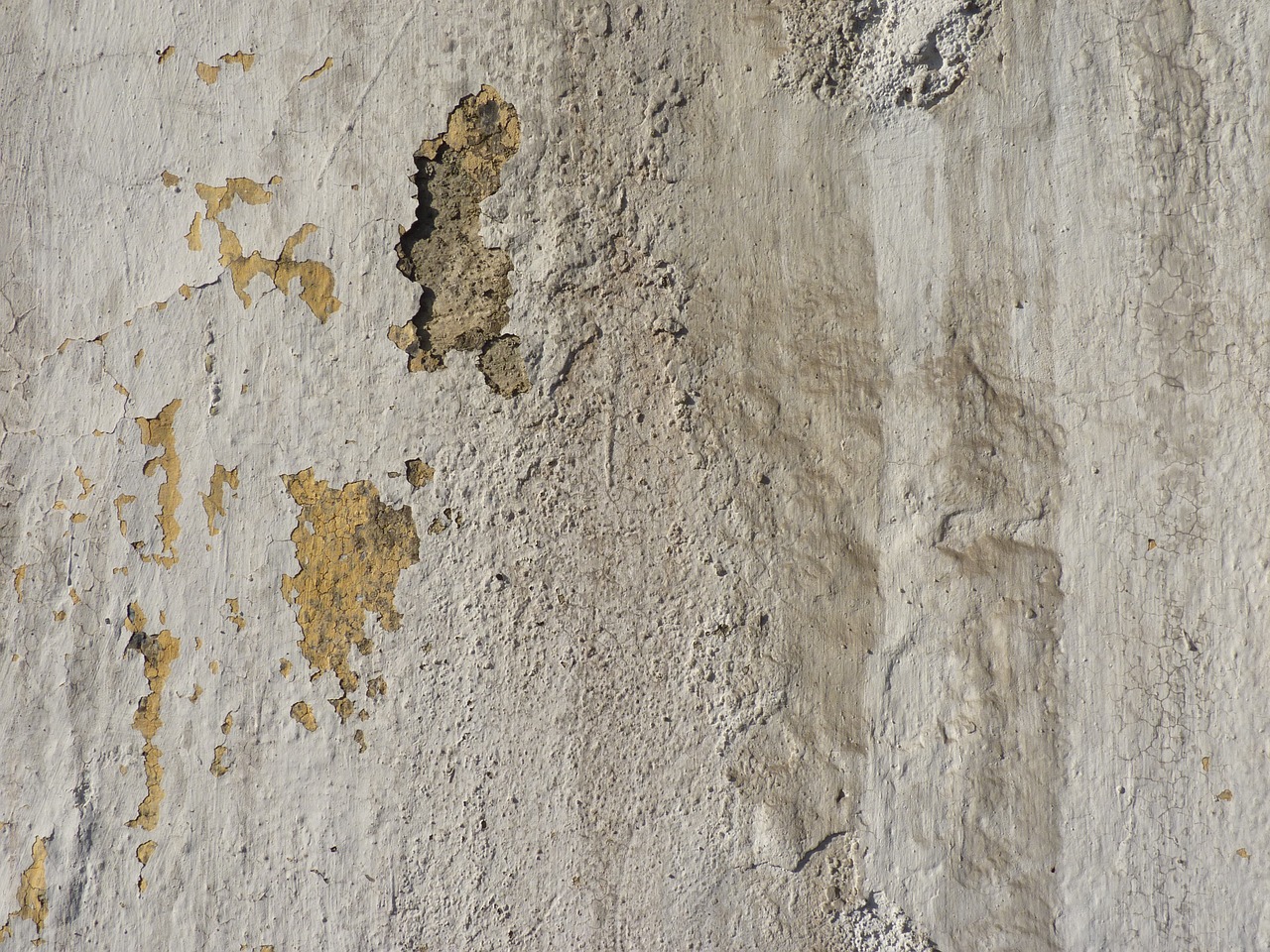
Using a Jigsaw
When it comes to crafting a wooden pizza peel, utilizing a jigsaw can be a game-changer, especially if you're looking to create curves or intricate designs. This power tool is not only versatile but also user-friendly, making it an excellent choice for both seasoned woodworkers and enthusiastic beginners. Imagine effortlessly cutting through wood as if it were butter; that’s the magic of a jigsaw!
Before diving into the cutting process, it’s essential to prepare your workspace and materials. Make sure you have a sturdy workbench, safety goggles, and ear protection at hand. Safety first, right? Once you’re all geared up, you can start by marking your cutting lines on the wood. A pencil works wonders for this task. Remember, precision here is key; the cleaner your lines, the smoother your cuts will be.
Now, let’s talk about the actual cutting process. When using a jigsaw, you’ll want to follow these simple steps:
- Choose the Right Blade: Different blades are designed for different materials. For wood, a fine-toothed blade will give you a cleaner cut.
- Set the Speed: Most jigsaws have variable speed settings. For wood, a medium speed is often ideal to avoid splintering.
- Start Slow: Begin cutting slowly along your marked line. Once you feel comfortable, you can increase your speed, but maintain control.
As you guide the jigsaw along the marked path, keep a steady hand. If you’re cutting curves, don’t rush; let the jigsaw do the work. It’s all about finesse here. If you encounter any resistance, ease up on the pressure rather than forcing the tool, which can lead to mistakes or even damage to your project.
After completing your cuts, take a moment to admire your work. You’ll likely have some rough edges left over, but don’t worry! This is where sanding comes into play, smoothing out those edges and giving your pizza peel that professional finish. So, if you’re looking for a way to make your pizza peel stand out, a jigsaw is your ticket to creativity and precision.
Q: Can I use a jigsaw for cutting thick wood?
A: Yes, but ensure you have the right blade and adjust your technique accordingly. Thicker wood may require a slower cutting speed.
Q: What type of jigsaw blade is best for wood?
A: A fine-toothed blade is generally best for wood, as it provides smoother cuts and reduces splintering.
Q: Is it necessary to use clamps while cutting with a jigsaw?
A: While not absolutely necessary, using clamps can greatly enhance safety and precision by securing your workpiece in place.
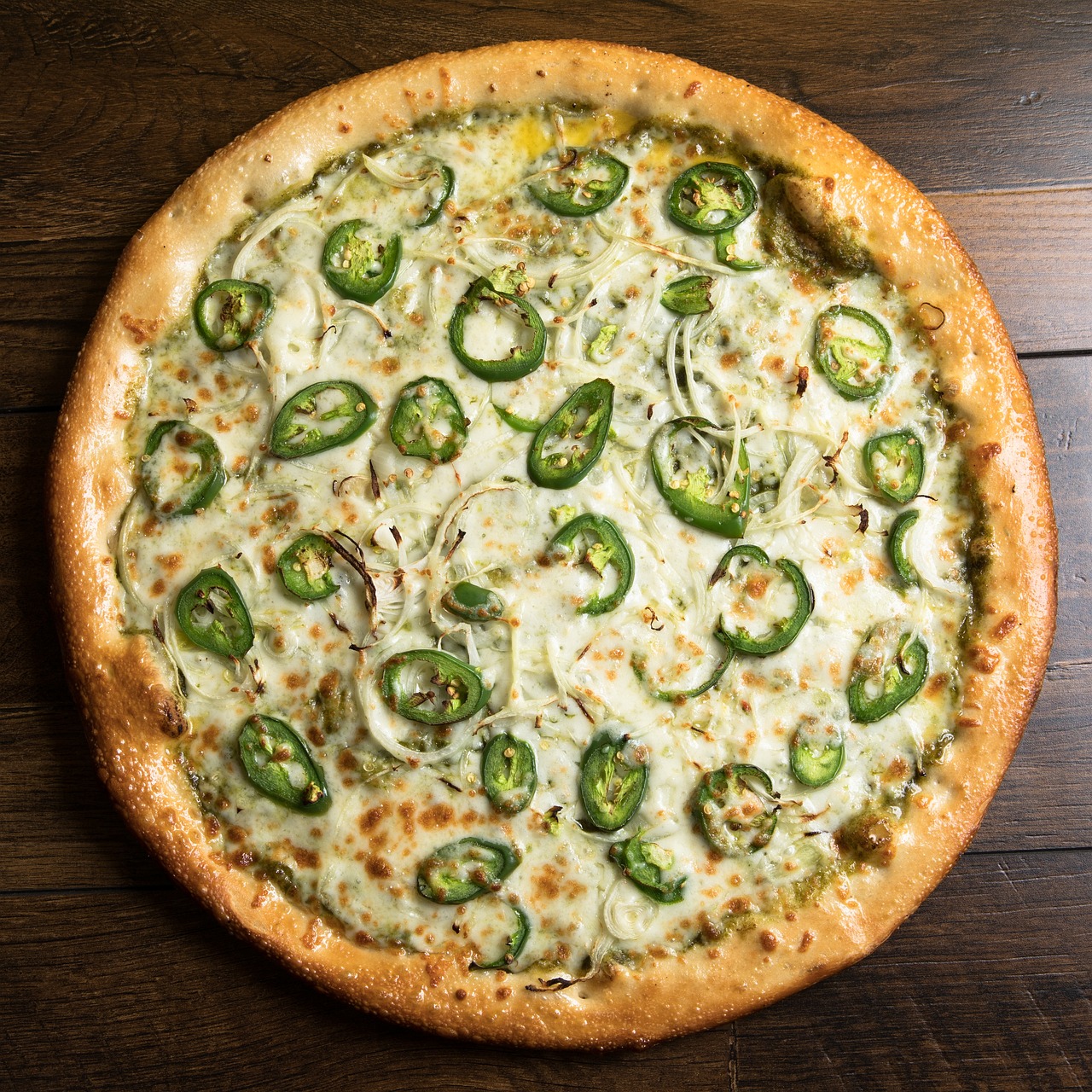
Hand Saw Alternatives
When it comes to crafting your wooden pizza peel, using a hand saw can be a rewarding experience that connects you to the traditional methods of woodworking. While power tools like jigsaws and circular saws are popular for their speed and efficiency, hand saws offer a unique charm and a level of control that many DIY enthusiasts appreciate. Imagine the satisfaction of making precise cuts with a tool that has been used for centuries! But let's dive into the various hand saw alternatives you might consider for your project.
First up, we have the classic panel saw. This is a versatile tool that is perfect for straight cuts and can handle a variety of wood thicknesses. The long blade allows for smooth, even cuts, making it ideal for the larger surface area of a pizza peel. If you’re looking for something a bit more portable, a back saw might be your best bet. It features a reinforced back that keeps the blade straight, providing excellent control for intricate cuts, especially when shaping the edges of your peel.
For those who enjoy a bit of nostalgia, consider the bow saw. This tool is particularly useful for cutting curves, thanks to its thin blade and flexible design. If you’re aiming for a unique shape for your pizza peel, the bow saw allows you to create those graceful lines with ease. Just imagine slicing through the wood, feeling the resistance give way as you guide the saw along your drawn lines!
Another great option is the coping saw. This tool excels at making detailed cuts and is perfect for adding personalized designs or curves to your pizza peel. It’s lightweight and easy to maneuver, making it an excellent choice for both beginners and seasoned woodworkers alike.
Here’s a quick comparison of the hand saw alternatives:
| Type of Saw | Best For | Advantages |
|---|---|---|
| Panel Saw | Straight Cuts | Versatile, handles thick wood |
| Back Saw | Precision Cuts | Great control, ideal for intricate shapes |
| Bow Saw | Curved Cuts | Lightweight, easy to handle |
| Coping Saw | Detailed Designs | Perfect for personalization, maneuverable |
Ultimately, the choice of hand saw will depend on your personal preference, the type of cuts you want to make, and how comfortable you feel using these tools. Each saw has its unique strengths, and experimenting with them can lead to a greater understanding of woodworking techniques. So, grab a hand saw and embrace the art of craftsmanship as you create your very own wooden pizza peel!
- What type of wood is best for a pizza peel? The best types of wood for pizza peels include maple, birch, and bamboo due to their durability and resistance to moisture.
- Can I use a power saw instead of a hand saw? Absolutely! Power saws can speed up the process, but using a hand saw can give you more control and precision.
- How do I maintain my wooden pizza peel? Regular cleaning, oiling, and proper storage are key to extending the life of your pizza peel.
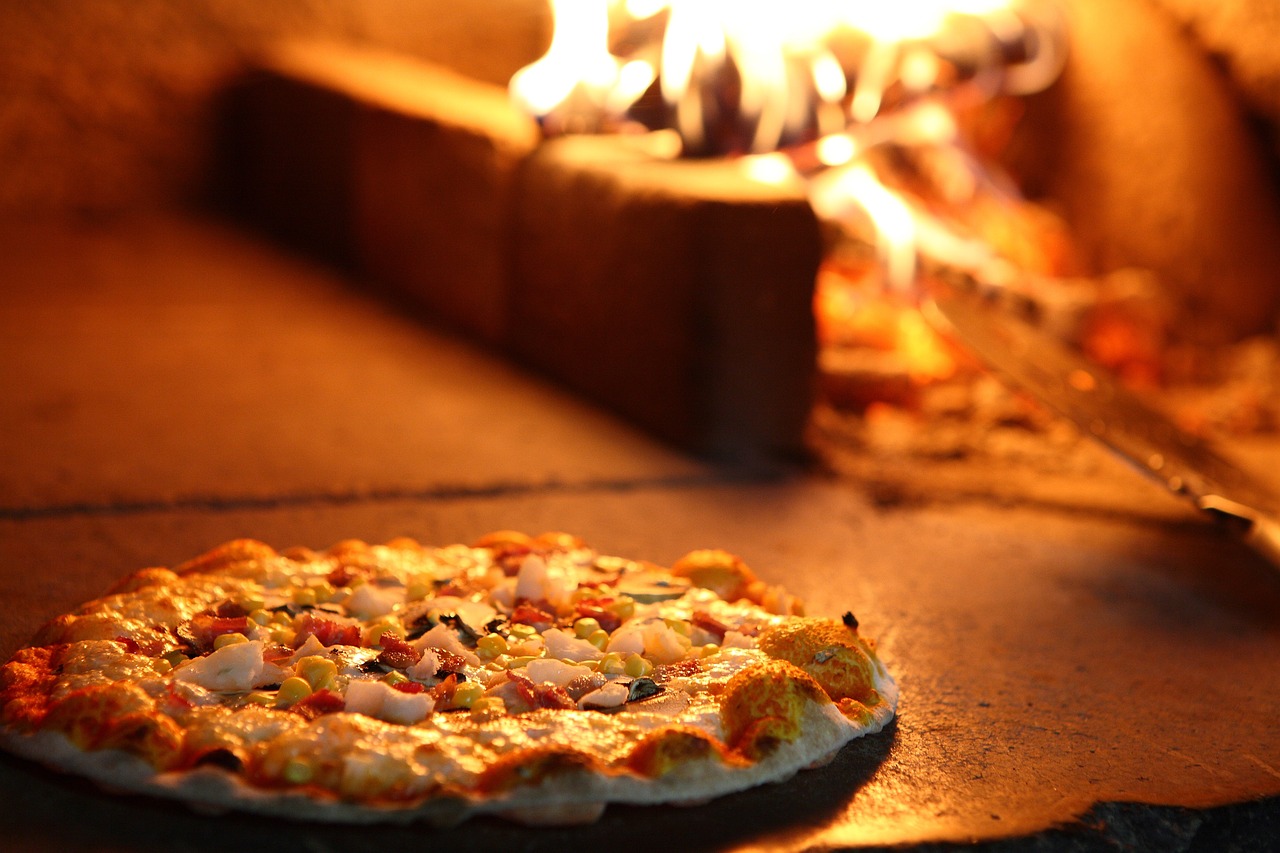
Sanding and Finishing the Surface
Once you've cut your wooden pizza peel to the desired shape and size, the next step is to sanding and finishing the surface. This step is crucial because it not only enhances the appearance of your peel but also ensures it is safe to use. Imagine running your hand over a freshly sanded piece of wood—smooth, inviting, and free of splinters. That’s the goal you want to achieve!
To start sanding, you’ll want to use a variety of sandpaper grits, progressing from coarse to fine. Begin with a 60-grit sandpaper to remove any rough edges or imperfections from your initial cuts. This is like giving your peel a solid foundation. Once you’ve smoothed out the rough spots, switch to a 120-grit sandpaper to refine the surface further. Finally, finish with 220-grit sandpaper for that silky-smooth feel. Remember, the finer the grit, the smoother the finish!
It's essential to sand in the direction of the wood grain to avoid scratches that can mar the beauty of your pizza peel. Take your time during this process; rushing can lead to uneven surfaces, and nobody wants a pizza peel that looks like it’s been through a wood chipper!
After sanding, it's time to apply a finish. This not only enhances the aesthetic appeal of your peel but also protects the wood from moisture and food stains. You can choose from various finishes, but food-safe mineral oil is a popular choice for kitchen items. Applying mineral oil is straightforward: simply pour a small amount onto a clean cloth and rub it into the wood, following the grain. Allow it to soak in for a few hours or overnight, then wipe off any excess. This process not only protects the wood but also brings out its natural beauty.
For those looking to add a little flair, consider using a food-safe finish like beeswax or a combination of beeswax and mineral oil. This not only provides a protective layer but also gives your pizza peel a lovely sheen. Just remember to reapply your finish every few months, especially if you notice the wood starting to look dry or dull.
In summary, sanding and finishing your wooden pizza peel is an art form in itself. It transforms a simple piece of wood into a stunning kitchen tool that’s both functional and beautiful. So, take your time, enjoy the process, and be proud of the masterpiece you’re creating!
- How often should I sand my pizza peel? It's best to sand your pizza peel when it starts to feel rough or shows signs of wear. Regular maintenance will keep it in great shape.
- Can I use regular wood finish on my pizza peel? No, it's important to use food-safe finishes to ensure that your pizza peel is safe for food contact.
- How do I know when to reapply oil? If the wood looks dry or water doesn’t bead up on the surface, it’s time to reapply oil.
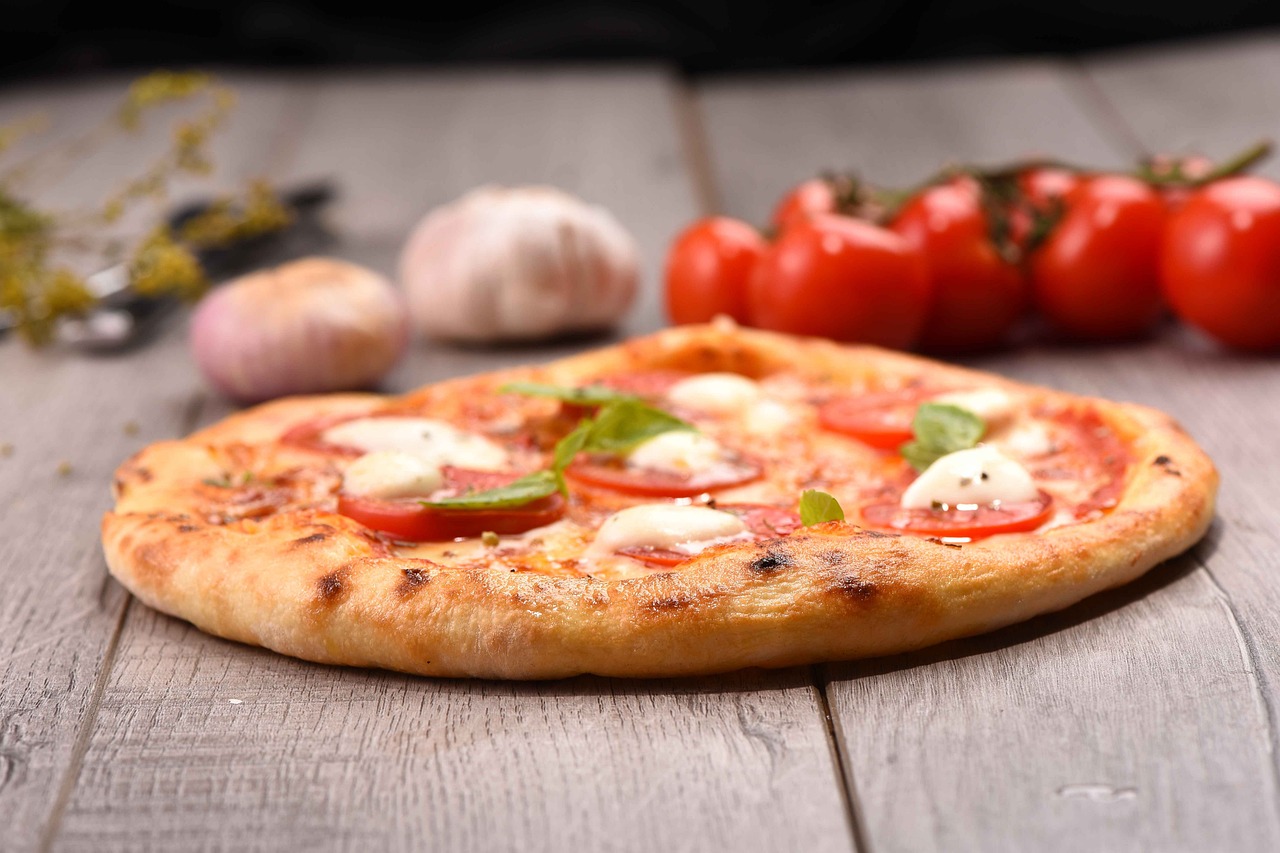
Design Considerations
When it comes to crafting a wooden pizza peel, are not just about aesthetics; they play a crucial role in the peel's functionality. Think of your pizza peel as a bridge between your oven and your dining table. A well-designed peel makes that journey seamless and enjoyable. So, what should you keep in mind?
First off, the shape of your pizza peel is important. Most peels are either round or rectangular. Round peels are great for traditional pizzas, allowing you to easily rotate your pie while baking. On the other hand, rectangular peels offer more surface area, making them ideal for larger pizzas or multiple smaller ones. Consider your baking style and preferences when choosing the shape.
Next, let’s talk about size. The dimensions of your peel should match your oven and pizza size. A good rule of thumb is to make your peel about 2 inches larger than the diameter of the pizza you intend to bake. This extra space will help you slide the pizza on and off without fuss. If you're planning to bake multiple pizzas at once, you may want to opt for a larger peel.
Another element to consider is the thickness of the wood. A thicker peel can handle heavier pizzas, but it may be more cumbersome to maneuver. Conversely, a thinner peel is lightweight and easier to handle, but it might not support heavier toppings as well. Finding the right balance is key, so think about the types of pizzas you’ll be making.
Now, let’s not forget about personalization. Adding your own touch can make your pizza peel truly one-of-a-kind. Whether it’s engraving your family name or painting a fun design, personalization adds character. You could even create a themed peel for special occasions or holidays!
To help visualize your options, here’s a simple table comparing the different shapes and their respective advantages:
| Shape | Advantages |
|---|---|
| Round | Great for traditional pizzas, allows for easy rotation |
| Rectangular | More surface area, ideal for larger or multiple pizzas |
Incorporating a handle is another design consideration that can greatly enhance usability. A well-placed handle allows for easy maneuvering of the peel, especially when transferring pizzas in and out of the oven. Consider ergonomic designs that fit comfortably in your hand, reducing strain during use. Some peels even feature a tapered edge that makes sliding under the pizza easier.
Ultimately, the design of your wooden pizza peel should reflect not only your personal style but also your cooking habits. A peel that is both functional and beautiful will not only serve you well in the kitchen but will also impress your guests. So, take your time, brainstorm your ideas, and create a pizza peel that’s as unique as the pizzas you’ll make with it!
Q: What type of wood is best for a pizza peel?
A: The best types of wood are typically hardwoods like maple, birch, or oak due to their durability and resistance to warping.
Q: How do I maintain my wooden pizza peel?
A: Regularly clean it with warm water and mild soap, avoid soaking it, and oil it periodically to maintain its condition.
Q: Can I use my pizza peel for other foods?
A: Absolutely! A pizza peel can be used for bread, pastries, and even as a serving board for appetizers.
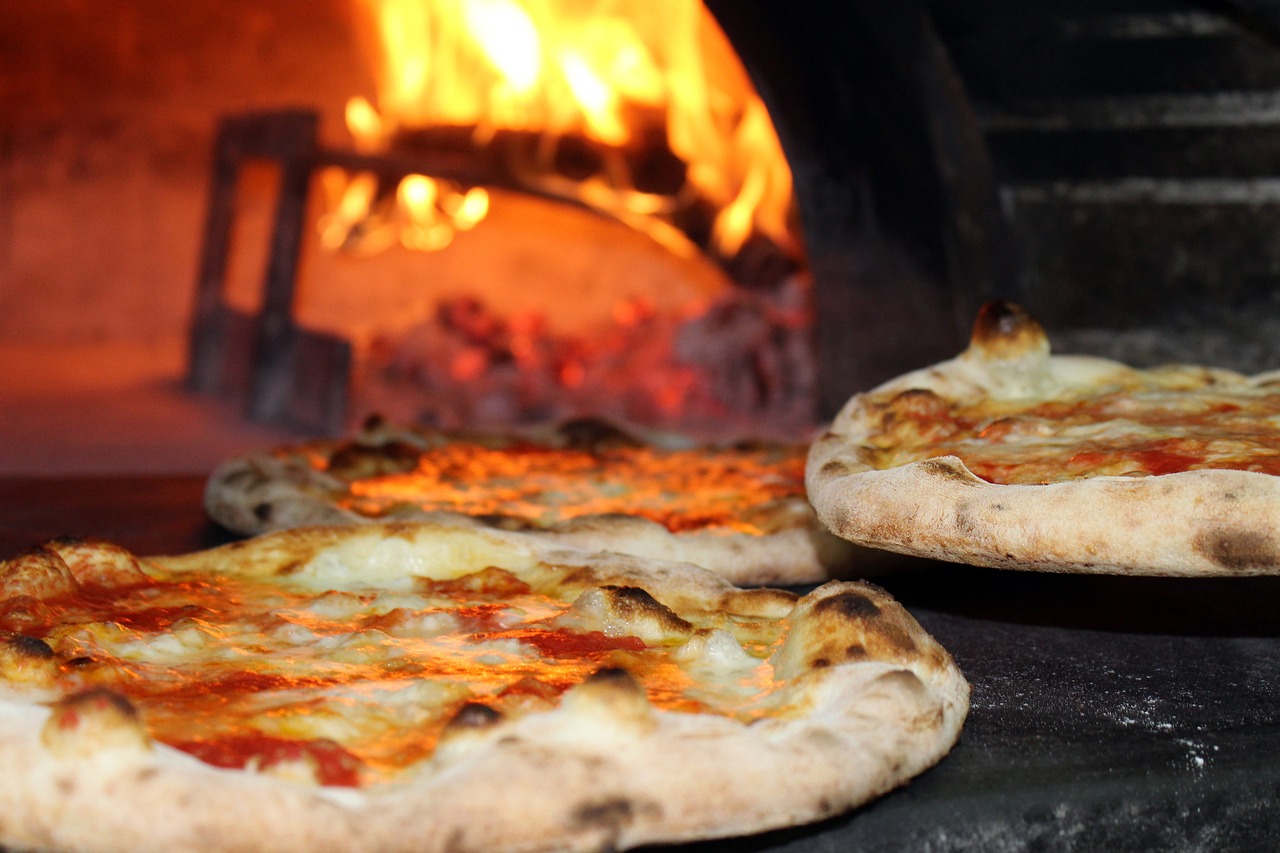
Adding a Handle
When it comes to crafting your wooden pizza peel, one of the most important features to consider is the handle. A well-designed handle not only enhances the usability of your peel but also adds a touch of personal flair to your creation. Imagine trying to maneuver a hot, freshly baked pizza without a sturdy handle—it's like trying to juggle flaming torches while riding a unicycle! The right handle can make all the difference in ensuring a smooth and enjoyable cooking experience.
There are a few key factors to keep in mind when adding a handle to your pizza peel. First, think about the ergonomics of your design. A handle that is too short or too long can lead to awkward lifting and potential spills. Ideally, the handle should be about 6 to 8 inches long, allowing you to comfortably grip it while maintaining control over the peel. Additionally, consider the width of the handle; a wider grip can provide more comfort, especially when you're dealing with heavy pizzas.
Next, let's talk about the materials. While you can certainly use the same type of wood as the peel itself, mixing materials can create a stunning visual effect. For example, a contrasting wood for the handle can add an aesthetic appeal that makes your pizza peel stand out. Just be sure that whatever wood you choose is durable enough to withstand heat and moisture. Here are some popular wood combinations:
| Base Peel Material | Handle Material | Visual Appeal |
|---|---|---|
| Maple | Walnut | Rich contrast |
| Birch | Cherry | Warm tones |
| Oak | Mahogany | Elegant finish |
Now, let's dive into the actual construction of the handle. You can opt for a few different styles, such as a straight handle or a curved one. A straight handle is straightforward to make and provides a clean look, while a curved handle can offer improved comfort and grip. Whichever style you choose, ensure that it is securely attached to the peel. Using wood glue and screws can provide a strong bond that will withstand the test of time.
Lastly, don't forget to finish the handle properly. Sand it down to a smooth surface to prevent splinters, and consider applying a food-safe finish to protect it from moisture and heat. This not only extends the life of your handle but also keeps it looking great. Remember, a well-crafted handle is not just a functional element; it's an opportunity to showcase your creativity and craftsmanship.
- What type of wood is best for the handle? Hardwoods like maple, cherry, or walnut are ideal due to their durability and resistance to wear.
- How do I attach the handle securely? Use wood glue along with screws to ensure a strong bond between the handle and the peel.
- Can I personalize the handle? Absolutely! You can engrave your name or a design on the handle for a unique touch.
- Is it necessary to finish the handle? Yes, finishing the handle protects it from moisture and enhances its longevity.
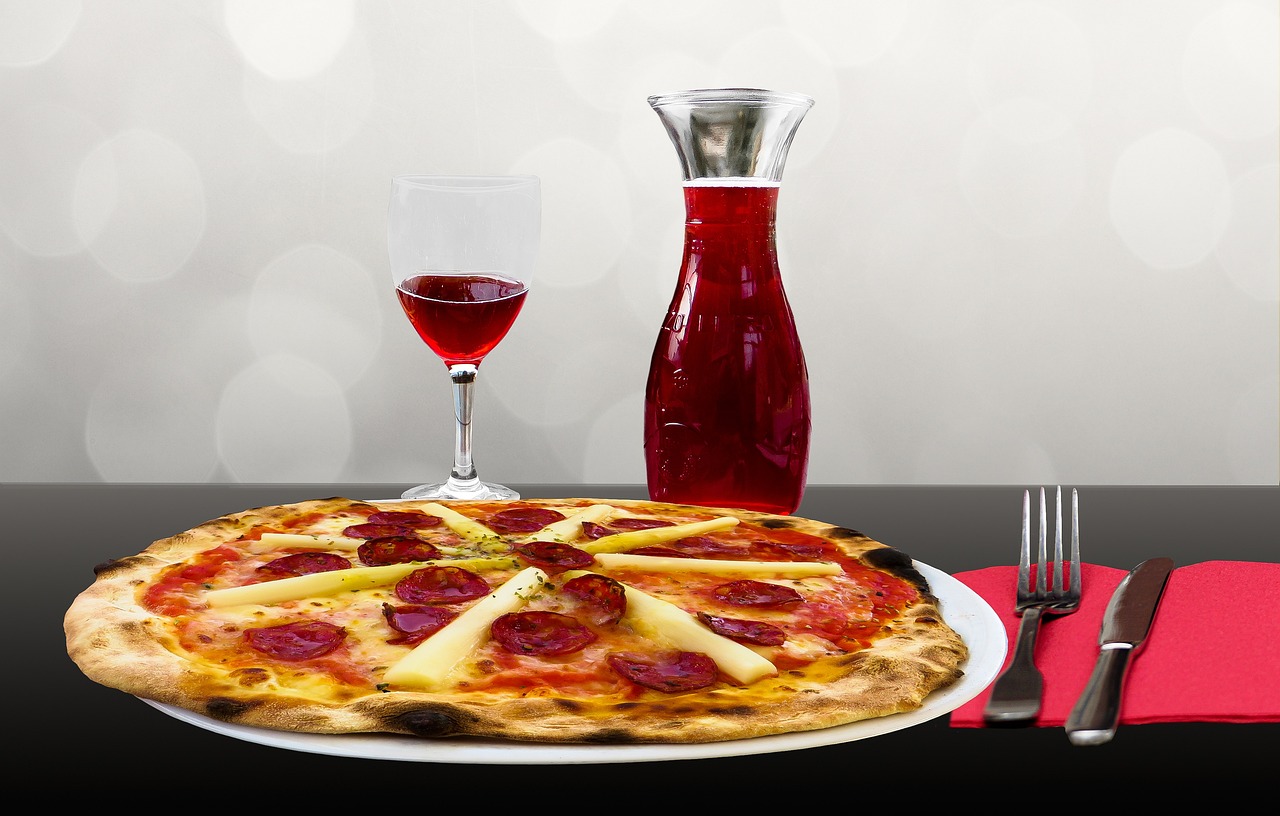
Personalizing Your Peel
When it comes to crafting your wooden pizza peel, one of the most exciting aspects is the opportunity to personalize it. Think of your pizza peel as a canvas; it can reflect your personality, cooking style, or even your family heritage. Personalization not only makes your peel unique but also adds a touch of love and care to your culinary adventures. So, how can you make your peel stand out?
One popular method is engraving. You can use a wood-burning tool to etch your name, a favorite quote, or even intricate designs onto the surface of the peel. This technique allows for a high level of detail and can turn a simple kitchen tool into a piece of art. Imagine pulling out a beautifully engraved peel at a family gathering—it's sure to spark conversations and admiration!
If you're feeling a bit more adventurous, consider painting your pizza peel. Food-safe paints can be used to add vibrant colors or whimsical designs. Whether you want a rustic look with earthy tones or a bold, modern vibe with bright hues, painting opens up endless possibilities. Just remember to seal your artwork with a food-safe finish to protect it from wear and tear.
Another fun way to personalize your peel is by adding a custom handle. You can shape the handle to fit comfortably in your hand, enhancing usability while also giving it a unique flair. Imagine a handle that not only feels good to hold but also complements the design of your peel. You can even carve small motifs or patterns into the handle itself, making it a focal point of your creation.
Lastly, don’t forget about the power of color. While the natural wood grain is beautiful, applying a stain can enhance its appearance and offer a pop of color. You can choose a stain that complements your kitchen decor or even matches the colors of your favorite pizza toppings. The right stain can make your pizza peel a stunning addition to your kitchen.
In summary, personalizing your pizza peel is not just about aesthetics; it’s about making it your own. Whether through engraving, painting, customizing the handle, or applying stains, the options are as varied as your imagination. So grab your tools, unleash your creativity, and let your pizza peel tell your story!
- What type of wood is best for personalizing a pizza peel?
Hardwoods like maple or birch are ideal as they hold up well to engraving and painting.
- Can I use regular paint on my pizza peel?
No, it's important to use food-safe paints to ensure your peel remains safe for food preparation.
- How do I seal my personalized peel?
After personalizing, apply a food-safe finish or sealant to protect your design from moisture and wear.
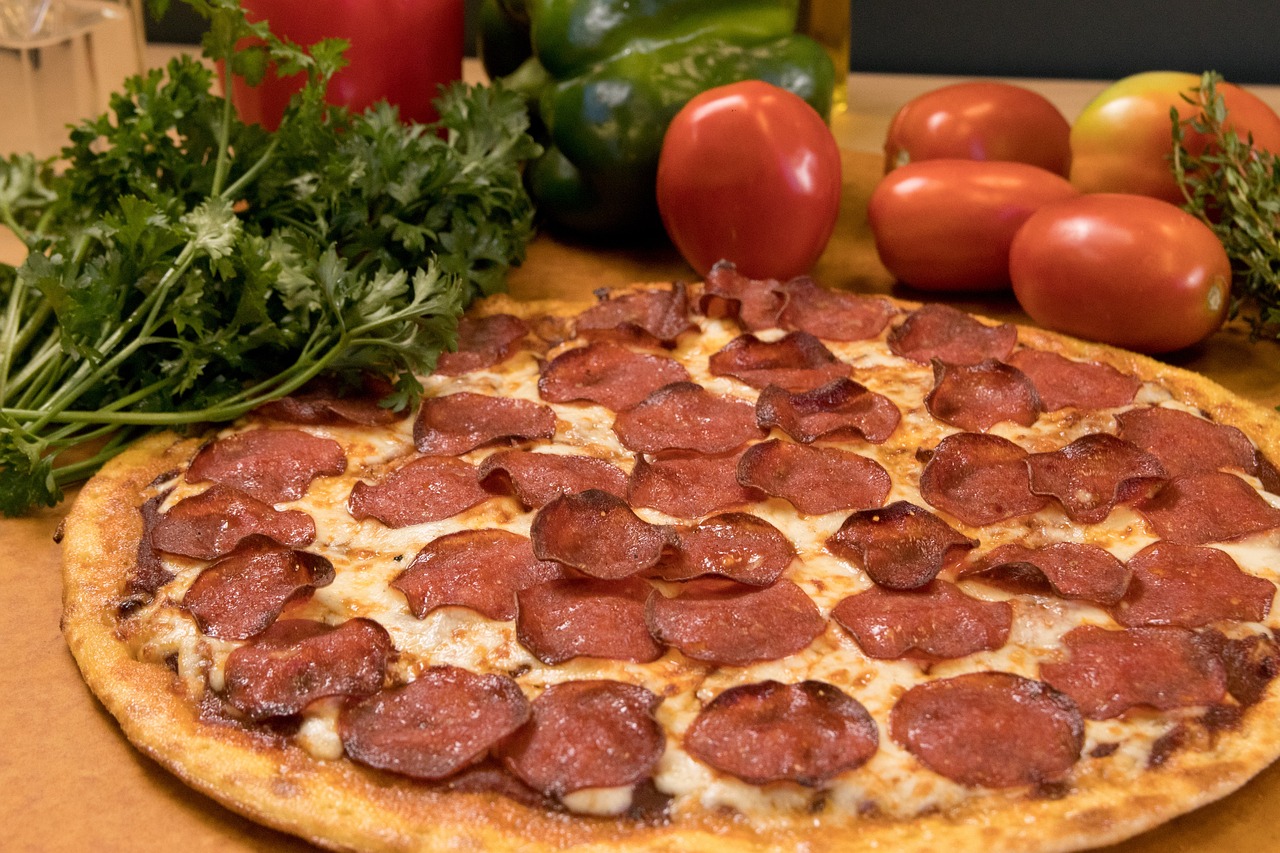
Maintenance Tips for Longevity
When it comes to keeping your wooden pizza peel in top-notch condition, a little bit of care goes a long way. Think of your peel as a trusty companion in your culinary adventures; just like any good friend, it deserves some attention to ensure it stays by your side for years to come. Here are some essential maintenance tips that will help you prolong the life of your wooden pizza peel.
First and foremost, cleaning your pizza peel after each use is crucial. It's not just about aesthetics; it's about hygiene too! After you've enjoyed a delicious homemade pizza, scrape off any leftover bits of dough or toppings with a spatula or a bench scraper. Avoid soaking your peel in water, as prolonged exposure can warp the wood. Instead, use a damp cloth to wipe it down. If you notice any stubborn stains, a gentle scrub with a mixture of baking soda and water can do wonders without damaging the surface.
Next up, we have the importance of oiling. Just like your skin needs moisturizer, your wooden peel craves some oil to keep it healthy. Regularly applying food-safe mineral oil or beeswax helps to protect the wood from moisture and prevents it from drying out or cracking. Aim to oil your peel every few weeks or after every few uses, especially if it starts to look dull. Simply pour a small amount of oil onto a clean cloth and rub it into the surface, allowing it to soak in for a few hours or overnight for maximum effect.
Another tip is to store your pizza peel properly. Avoid stacking heavy items on top of it or leaning it against a wall where it might get knocked over. Instead, hang it up or store it flat in a cool, dry place. This will help maintain its shape and prevent any warping or bending.
Here’s a quick summary of maintenance tips for your wooden pizza peel:
- Clean after each use: Wipe with a damp cloth and avoid soaking.
- Oil regularly: Use food-safe mineral oil or beeswax every few weeks.
- Store properly: Keep it flat or hang it to avoid warping.
By following these simple maintenance practices, your wooden pizza peel will not only look fantastic but will also serve you well for countless pizza nights to come. Remember, a well-cared-for peel enhances your pizza-making experience, making it a joy to use every time!
Q1: How often should I oil my wooden pizza peel?
A: It's recommended to oil your wooden pizza peel every few weeks, or after several uses, especially if it starts to look dull.
Q2: Can I put my wooden pizza peel in the dishwasher?
A: No, it’s best to avoid putting your wooden pizza peel in the dishwasher as the heat and moisture can warp the wood. Hand wash it instead.
Q3: What type of oil should I use on my pizza peel?
A: Use food-safe mineral oil or beeswax for oiling your wooden pizza peel. These options provide protection without imparting any flavors.
Q4: How can I remove stubborn stains from my pizza peel?
A: For stubborn stains, mix baking soda with water to create a paste and gently scrub the affected area. Rinse with a damp cloth afterward.
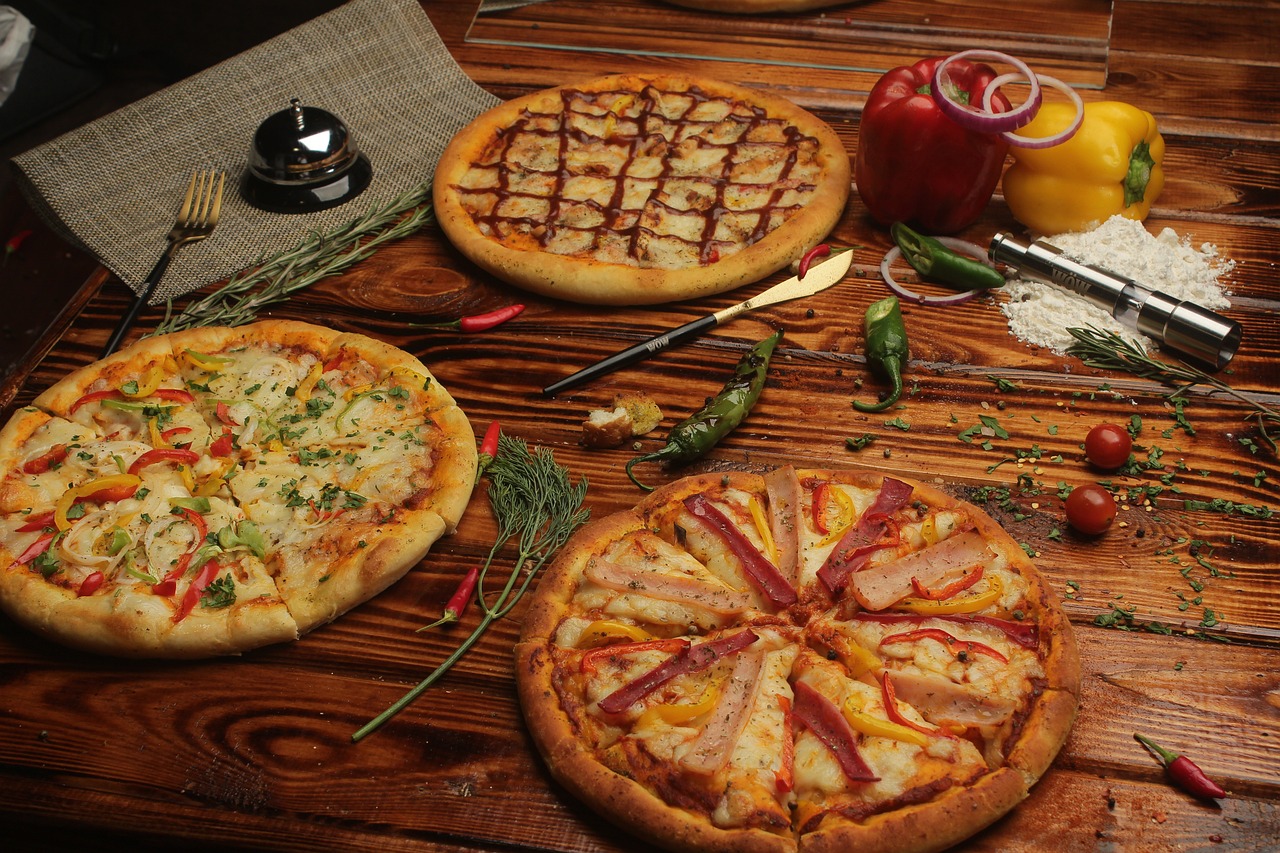
Cleaning Techniques
Cleaning your wooden pizza peel is not just about maintaining its appearance; it's also crucial for ensuring hygiene, especially since it comes into contact with food. **Think about it**: every time you slide a pizza onto that peel, you're inviting all sorts of delicious toppings and sauces to mingle with the wood. So how do you keep it looking great and safe for your next culinary adventure? Let's dive into some effective cleaning techniques that will keep your pizza peel in top shape.
First and foremost, it's essential to avoid soaking your wooden peel in water. Wood is porous, and excessive moisture can lead to warping or cracking. Instead, opt for a gentle cleaning method. After using your peel, simply scrape off any leftover food particles with a spatula or a bench scraper. This will help prevent any stubborn residue from sticking and make your cleaning process much easier.
Once you've removed the food debris, take a damp cloth or sponge and wipe down the surface of the peel. Use warm water and a mild dish soap if necessary, but remember to keep it light. You don’t want to saturate the wood. After wiping, rinse the cloth and go over the peel again with just water to remove any soap residue. **Pro tip**: for a more thorough clean, you can sprinkle some coarse salt on the surface and scrub it with a half lemon. Not only does this help to disinfect the wood, but it also leaves a fresh scent!
After cleaning, it’s vital to dry your pizza peel immediately. Use a clean, dry towel to wipe off any moisture. Lay the peel flat to air dry completely before storing it away. This step is crucial because residual moisture can lead to mold growth or unpleasant odors. If you notice any stubborn stains or odors lingering, you can use a mixture of baking soda and water to create a paste. Apply it to the affected area, let it sit for a few minutes, then rinse and dry as usual.
Lastly, don't forget about the importance of regular maintenance. A good practice is to oil your wooden pizza peel once a month using food-safe mineral oil. This helps to keep the wood hydrated and prevents it from drying out, which can lead to cracks. Simply apply a small amount of oil to a clean cloth and rub it into the surface of the peel, wiping off any excess. This not only enhances the appearance but also adds a layer of protection against moisture and stains.
In summary, keeping your pizza peel clean involves a few simple steps: scrape off debris, wipe down with a damp cloth, dry immediately, and oil regularly. By following these techniques, you’ll ensure that your wooden pizza peel remains a reliable companion in your pizza-making adventures for years to come.
- How often should I clean my wooden pizza peel? It's best to clean your peel after every use to maintain hygiene and prevent food buildup.
- Can I put my wooden pizza peel in the dishwasher? No, it's not recommended. The high heat and moisture can warp or crack the wood.
- What type of oil should I use for my pizza peel? Use food-safe mineral oil or beeswax to condition the wood.
- How do I remove stubborn stains from my pizza peel? A paste made of baking soda and water can help lift tough stains. Apply it, let it sit, then rinse and dry.
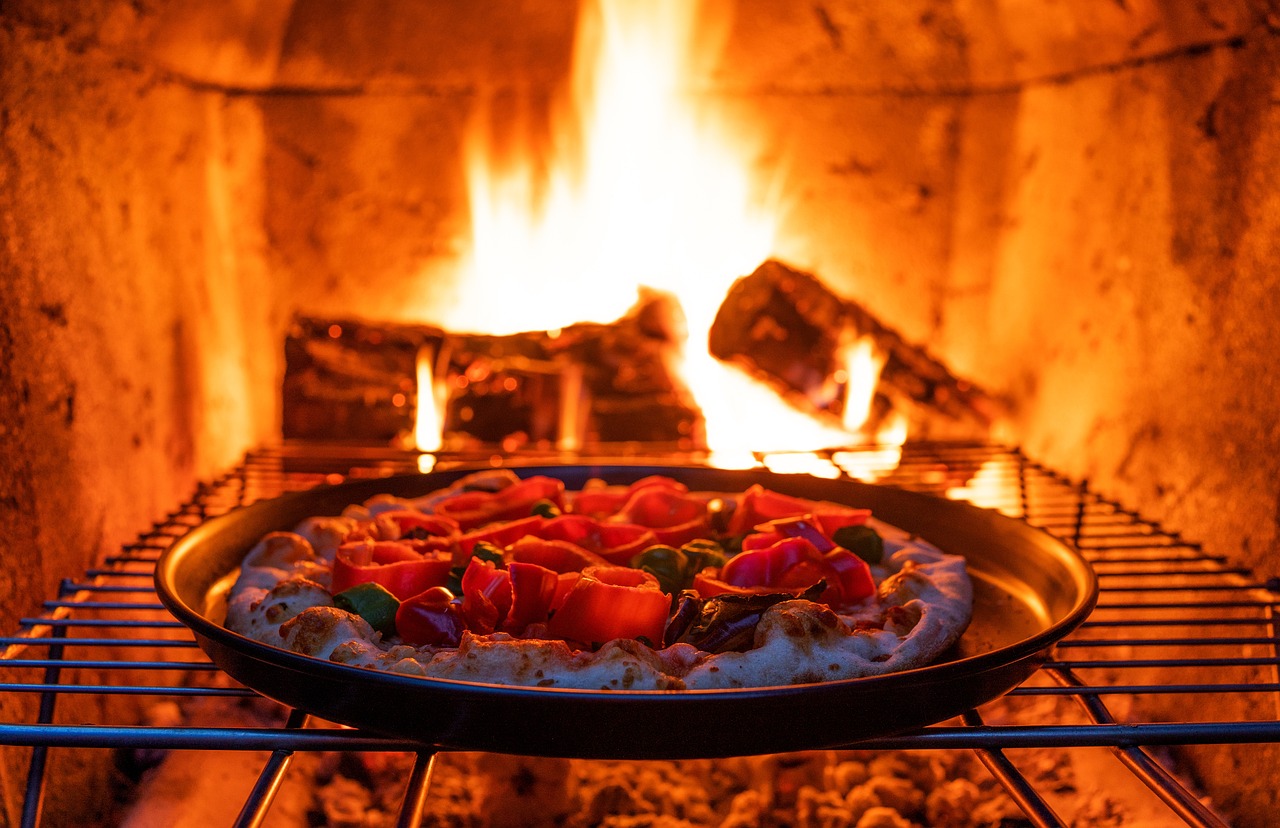
Oiling for Protection
When it comes to maintaining your wooden pizza peel, oiling is an essential step that shouldn't be overlooked. Just like a car needs oil to run smoothly, your pizza peel needs oil to protect its surface and prolong its life. The wood can be quite porous, absorbing moisture from the air and the food it comes into contact with. This can lead to warping, cracking, and even the growth of unwanted bacteria. By applying a good quality food-safe mineral oil or a specialized wood treatment, you can create a barrier that helps keep moisture out and preserves the integrity of the wood.
But how often should you oil your pizza peel? The answer largely depends on how frequently you use it. If you’re a pizza aficionado who whips up a fresh pie every weekend, you might want to oil your peel every month. However, if it’s more of an occasional tool in your kitchen, a good oiling every few months should suffice. Here’s a simple guide to help you determine your oiling schedule:
| Usage Frequency | Oiling Frequency |
|---|---|
| Weekly | Every month |
| Monthly | Every 2-3 months |
| Occasional | Every 4-6 months |
Applying oil is a straightforward process, but there are some key points to keep in mind. First, ensure that your peel is clean and dry before you start. You wouldn’t want to trap any dirt or moisture under the oil, as this can lead to issues down the line. Simply wipe it down with a damp cloth and let it dry completely. Next, pour a small amount of oil onto a clean cloth or paper towel and gently rub it into the wood, following the grain. Make sure to cover all surfaces, including the edges and any grooves or details.
After applying the oil, allow it to soak in for at least 30 minutes, then wipe off any excess. This step is crucial, as leaving excess oil on the surface can make it sticky and attract dust. Once you’ve wiped it down, your pizza peel will not only look stunning but will also be better equipped to handle the heat and moisture of your culinary creations.
In conclusion, think of oiling your wooden pizza peel as a protective hug for your kitchen tool. It keeps the wood nourished, prevents damage, and ensures that your beloved pizza peel serves you well for years to come. So, grab that oil, give your peel some love, and enjoy the delicious pizzas you create!
- What type of oil should I use for my pizza peel? It's best to use a food-safe mineral oil or a specialized wood conditioner designed for kitchen utensils.
- How often should I oil my pizza peel? Oiling frequency depends on usage; typically, every month for frequent use, or every few months for occasional use.
- Can I use vegetable oil instead? It's not recommended as vegetable oils can go rancid. Stick to mineral oil or other food-safe oils.
- How do I clean my pizza peel before oiling? Use a damp cloth to wipe it down, ensuring it is completely dry before applying oil.
Frequently Asked Questions
- What type of wood is best for a pizza peel?
When crafting a pizza peel, it's essential to choose a wood that is durable and food-safe. Maple and birch are excellent choices due to their strength and resistance to warping. Alternatively, oak offers a robust option, but it can be heavier. Ultimately, the best wood for your pizza peel should balance durability with ease of handling.
- Do I really need special tools to make a pizza peel?
While you can use basic tools, having the right ones will make your project much easier and more enjoyable! Essential tools include a jigsaw for cutting shapes, a hand saw for straight cuts, and sanding paper for smoothing the surface. Investing in these tools can save you time and ensure a professional finish.
- How do I ensure my measurements are accurate?
Accurate measurements are crucial for a well-crafted pizza peel. Use a tape measure and a square to mark your wood precisely before cutting. It’s also helpful to double-check your measurements and make a template if you're unsure. Remember, measure twice, cut once!
- Can I customize my pizza peel?
Absolutely! Personalizing your pizza peel can make it uniquely yours. You can engrave your name, add a fun design, or even paint it with food-safe colors. Just ensure that any finishes or paints you use are safe for food contact to keep your cooking experience enjoyable!
- What maintenance does my wooden pizza peel require?
To keep your pizza peel in top shape, regular maintenance is key. Clean it with warm water and a gentle scrub, avoiding soaking it in water. Additionally, oiling your peel with a food-safe mineral oil every few months will help protect the wood and keep it looking great!
- Is it safe to use my pizza peel in the oven?
Your wooden pizza peel is designed to handle high temperatures, so yes, it is safe to use in the oven! However, avoid leaving it in the oven for extended periods, as prolonged exposure to heat can cause it to warp or crack.


















